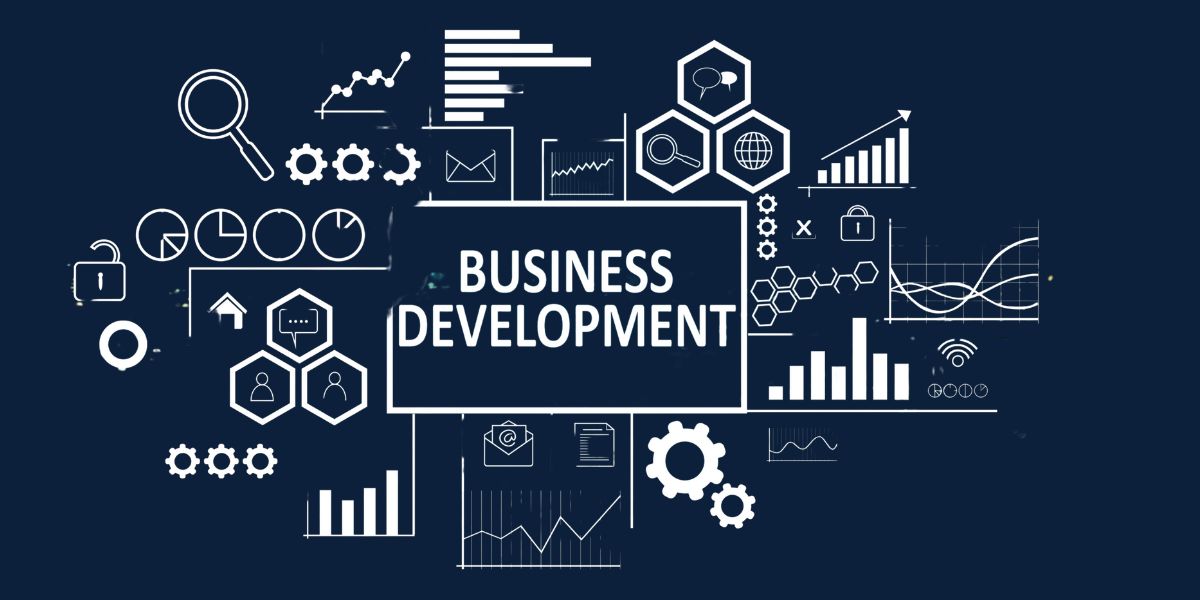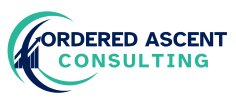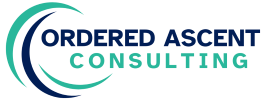
Best Strategies in Organizational Design and Development
Organizational Design and Development (OD&D) are critical drivers of long-term success in any enterprise. They provide the blueprint and tools to align people, processes, and structures with an organization’s mission, vision, and strategic goals. In an increasingly complex and fast-evolving world, businesses must continuously evolve—not only to remain competitive but to thrive.
At Ordered Ascent Consulting Company, we help organizations implement practical and transformative OD&D strategies that drive productivity, adaptability, and employee engagement. Below are some of the best strategies in organizational design and development.
1. Align Structure with Strategy
One of the foundational principles of organizational design is ensuring that the company’s structure supports its business strategy. Whether you’re pursuing growth, innovation, cost leadership, or customer intimacy, your design must enable those objectives.
Key Actions:
- Map out your strategic goals
- Identify structural barriers or silos
- Design functions, roles, and reporting lines to support outcomes
Example: A company focusing on innovation may adopt a flat, cross-functional structure to promote speed, creativity, and collaboration.
2. Embrace Agile and Adaptive Structures
Traditional hierarchical structures often slow decision-making and adaptability. Modern organizations benefit from agile and networked structures that empower teams and facilitate quick response to change.
Strategies Include:
- Creating cross-functional, project-based teams
- Decentralizing decision-making
- Adopting iterative feedback and improvement loops
This flexibility fosters innovation and responsiveness in a dynamic business environment.
3. Build a People-Centered Culture
Effective design is not just about processes and systems—it’s also about people. Developing a culture where employees feel valued, engaged, and connected is essential for sustainable performance.
Key Components:
- Clear values and behaviors aligned with purpose
- Open communication and psychological safety
- Inclusive leadership and employee involvement
Organizational development interventions such as coaching, mentorship, and team-building activities help nurture this culture.
4. Strengthen Leadership and Change Management
Leadership is central to any successful organizational change effort. Leaders must be prepared to champion change, inspire others, and manage resistance constructively.
Best Practices:
- Develop leadership at all levels
- Train managers in change management and communication
- Encourage feedback and co-creation during transitions
Building internal leadership capacity ensures change is not only initiated but sustained.
5. Implement Continuous Learning and Development
A learning organization constantly evolves by investing in the growth and capabilities of its people. Effective OD&D strategies build systems that promote upskilling, knowledge sharing, and innovation.
Practical Steps:
- Provide training programs and learning platforms
- Encourage internal mobility and career development
- Recognize and reward learning behavior
Learning fuels adaptability, and adaptability powers long-term success.
6. Use Data to Drive Design Decisions
Data-driven design ensures that organizational changes are rooted in reality—not assumptions. Using metrics, analytics, and employee feedback allows for informed and targeted interventions.
Tools to Consider:
- Organizational health assessments
- Employee engagement surveys
- Performance dashboards and workflow analytics
Data helps leaders measure progress, spot gaps, and refine strategies continuously.
7. Foster Collaboration Across Departments
Organizational silos hinder performance, creativity, and communication. A strong OD strategy encourages collaboration and alignment across functions.
How to Encourage Collaboration:
- Introduce shared goals and interdepartmental projects
- Use collaboration tools and platforms
- Create task forces to solve cross-cutting challenges
Breaking silos increases agility and enhances innovation.
8. Design for Scalability and Growth
A strong organizational design considers both present needs and future growth. Scalability allows for smooth transitions as the business expands or evolves.
Key Design Factors:
- Modular processes and flexible systems
- Succession planning for key roles
- Future-focused job roles and talent pipelines
Designing with growth in mind ensures longevity and relevance.
Conclusion
Effective Organizational Design and Development go beyond structure—they create a cohesive system where strategy, people, culture, and processes work in harmony. At Ordered Ascent Consulting Company, we guide organizations in Kenya and beyond to reimagine and reshape their operations for peak performance and sustainable growth. When organizations are well-designed and development-focused, they don’t just adapt—they ascend.




